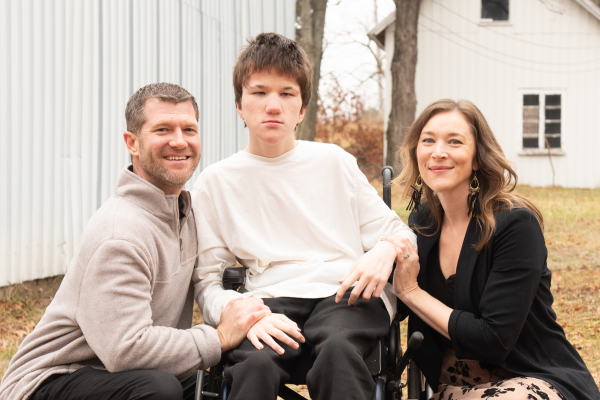Turning Humans into Martians
Long before Sputnik, authors like Edgar Rice Burroughs, Ray Bradbury, and C. S. Lewis imagined men going to Mars.
What confined this to the realm of science fiction wasn't our inability to get people there, although that is easier said than done – it was serious doubts about being able to get them safely back.
Now, there's a proposal being seriously considered at NASA to solve that dilemma that may or may not get people to Mars within 25 years. But it could definitely affect life on Earth.
At the heart of these doubts are the length of such a trip, a minimum of twenty-one months, and the lethal radiation astronauts would be exposed to, both during the rocket ride in space and on Mars.
That exposure might leave them unfit for the return journey: they might arrive on Earth to a hero's welcome only to die shortly thereafter.
These obstacles have prompted scientists at NASA and elsewhere to propose that any manned mission to Mars be a one-way trip.
The first step would a series of preliminary, unmanned robotic missions that would identify a suitable location for a colony, and prepare the area for human habitation. Once again, this is easier said than done, especially since much of the necessary technology is yet to be invented.
Then, crews of older astronaut-colonists would set off like the nineteenth century pioneers. The hope is that, within a few decades, 150 or so human colonists would call the Red Planet "home." (Your tax dollars at work).
Even if you build it and they come, major problems abound: radiation, and the lack of genetic variability to name but two. This is where this proposal takes a disturbing turn: Its backers propose to overcome these problems through tinkering with the human genome.
In other words, scientists would use genetic engineering to transform people from a species suited for life on Earth to one better suited for life on Mars.
My first instinct is to laugh at the hubris: geneticists are struggling to find a cure for male-pattern baldness-and people are now talking about making us radiation-resistant? Why not add a cat-like ability to see in the dark while you're at it?
Well, I shouldn't give them any ideas.
Happily, this proposal requires high levels of international cooperation, a willingness to take big risks, and moneys that are in short supply right now. I don't like its chances of getting off the ground-literally-and certainly not in the time frame proposed.
But I am certain that, with or without the call of the Red Planet, people will continue to work attempting to play God in the laboratory. A new book called "Designer Genes" speaks of our being able to "control our own evolution."
This assumes that we, one, know a lot more than we actually do, and, two, that we should attempt to exercise that kind of control. Unfortunately, that kind of presumption is not in short supply.
Which means that the answer to the question, "how far are we willing to go?" may might not be measured in miles, but in respect for human dignity.






















